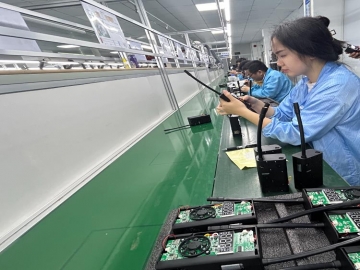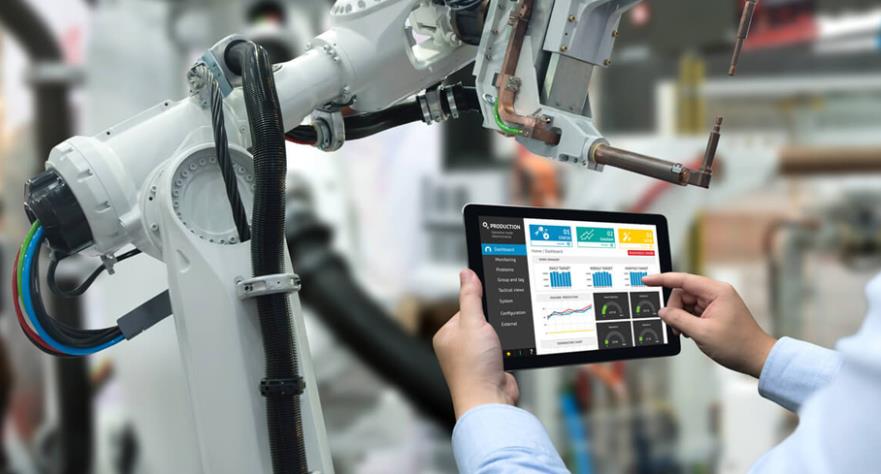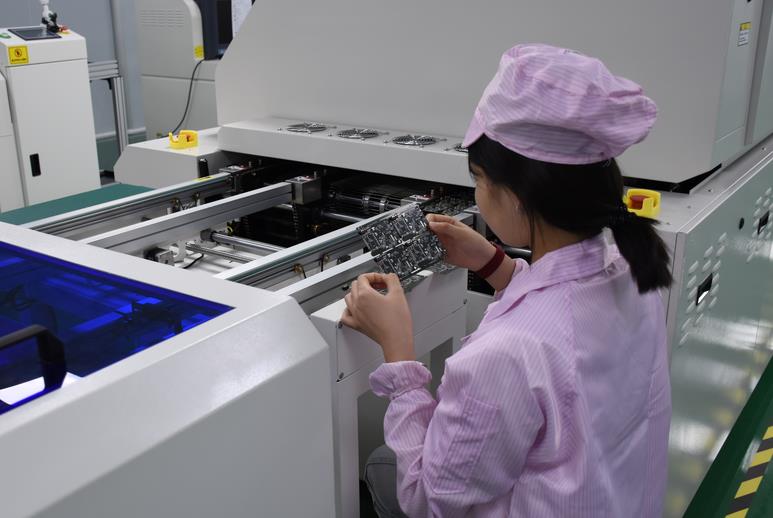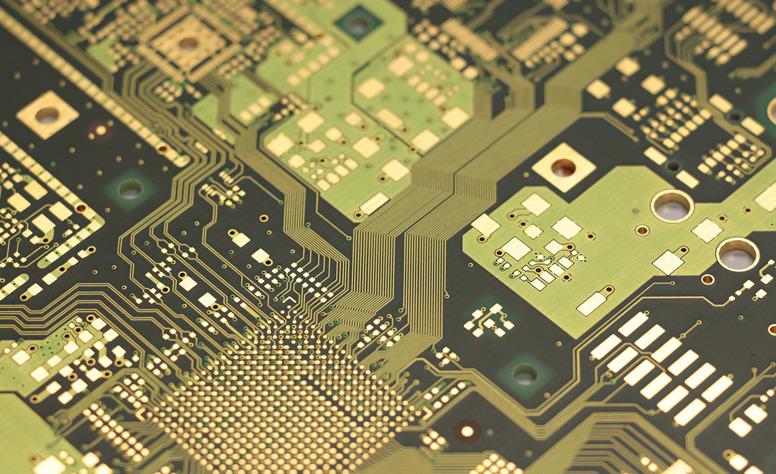What is the difference between flying probe test and test frame in PCBA processing? How should we choose?
In the process of PCBA processing and production, it is inevitable that PCB boards will cause electrical defects such as short circuit, open circuit and leakage due to external factors. In addition, PCB circuit boards are constantly evolving towards high density, fine pitch and multi-level. If the bad boards are not screened out in time and allowed to flow into the next process, it will inevitably cause more serious consequences. Therefore, improving the PCBA testing process is one of the solutions to improve product yield.
PCBA testing methods include:
Dedicated, Universal Grid, Flying Probe, Non-contact Electron Beam (E-Beam), Conductive Cloth (Glue), Capacitive (Capacity) and Brush Test (ATG-SCANMAN). Among them, there are three commonly used equipment, namely dedicated tester (PCB automatic universal tester), high-quality universal tester and flying probe tester.
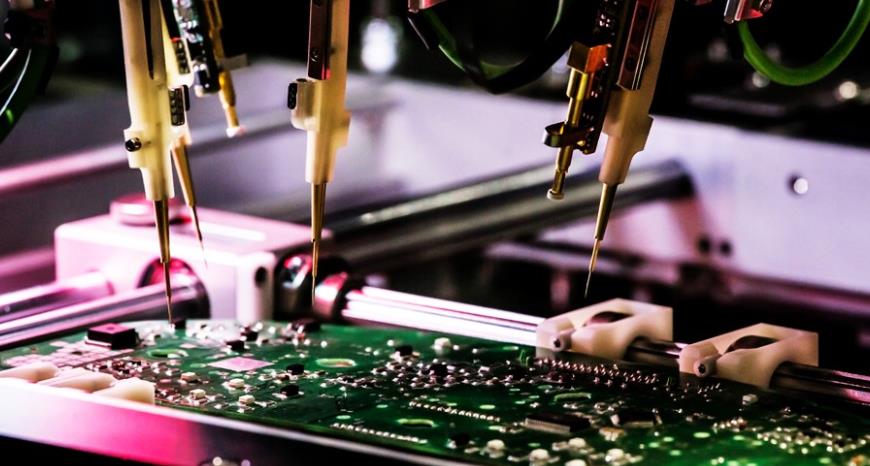
Flying probe test:
Flying probe test uses 4 probes to perform high-voltage insulation and low-resistance continuity tests (open and short circuits of test circuits) on circuit boards without the need for test fixtures. It is very convenient to test by directly installing the PCB board and running the test program, which saves test costs, reduces the time of making test frames, and improves the efficiency of shipment. It is suitable for testing small batches and samples.
Test frame:
It is a special test fixture made for the continuity test of mass-produced PCB boards. The production cost is high, but the test efficiency is good, and there is no charge for return orders.
First of all, in terms of the applicable purpose of test technology, flying probe test is currently suitable for electrical test equipment used in small-scale production and samples. However, if it is used in medium and large-scale production, the test cost will be greatly increased due to the slow test speed and expensive equipment. No matter what level of PCB boards are used for general-purpose and special-purpose types, as long as the output reaches a certain amount, the test cost can reach the standard of economies of scale, and it only accounts for about 2~4% of the selling price. This is also the main reason why general-purpose and special-purpose types are currently mass-produced testers.
Therefore, when our product is in the small batch verification stage, flying probe testing is recommended. If we are preparing for large-scale production, the test stand is more suitable for us.
Tags: PCBA /PCBA_processing /
Prev: Why do the components on the PCBA board fail for no reason?
Next: 5 mainstream PCBA (PCB) circuit board testing methods


